Blog articles
Explaining the X chromosome hole in Neandertal ancestry
Natural selection reduced the variation on human X chromosomes in populations with the most Neandertal and Denisovan mixture. It may have been meiotic drive.

Many people have a little Neandertal in the brain. Does it matter?
Research has started to show the ways that introgressed genes from Neandertals affect brain shape in living people.

When did our ancestors start looking up to the stars?
Changes in the sky have been important to peoples throughout the world. That connection may go back much further than our species.
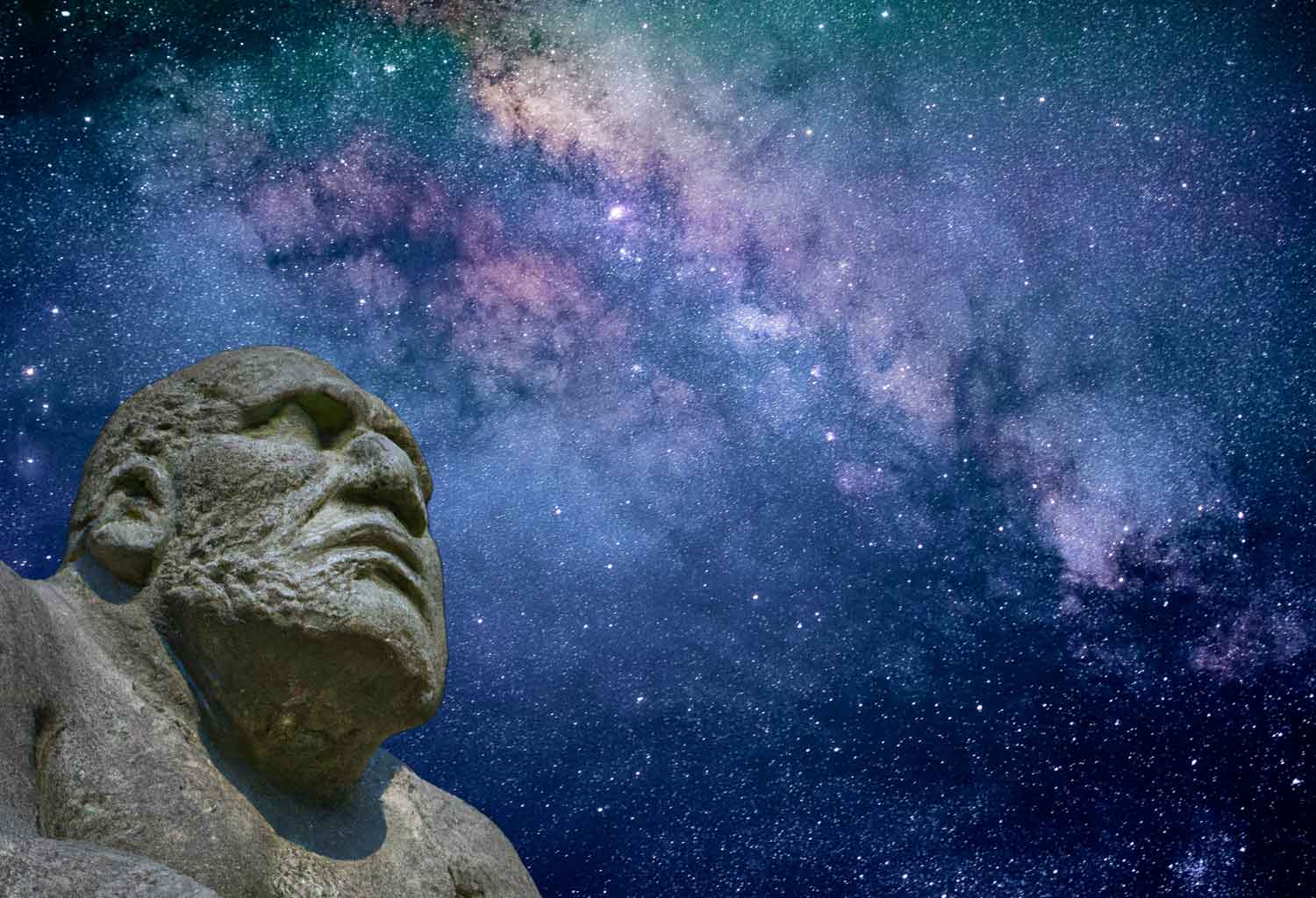
Solving the mystery of the Red Deer Cave people
New DNA evidence is revealing the genetic relationships of ancient groups from southern China, showing how they were connected to living people across the region.
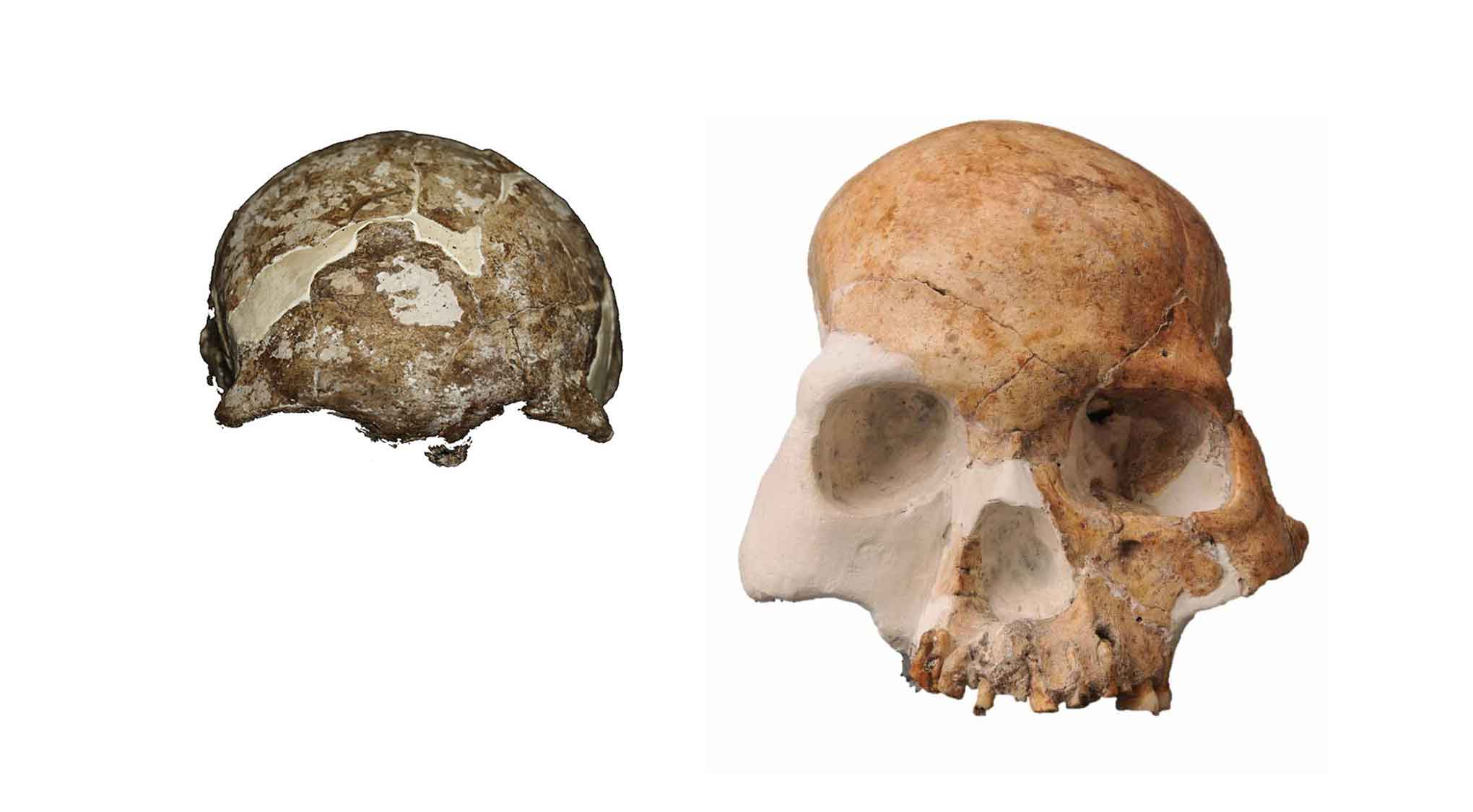
Probing the pathogens that afflicted ancient humanity
In the first part of a review of pathogens in human origins, I examine a sampling of infectious diseases in people today and their diverse origins.
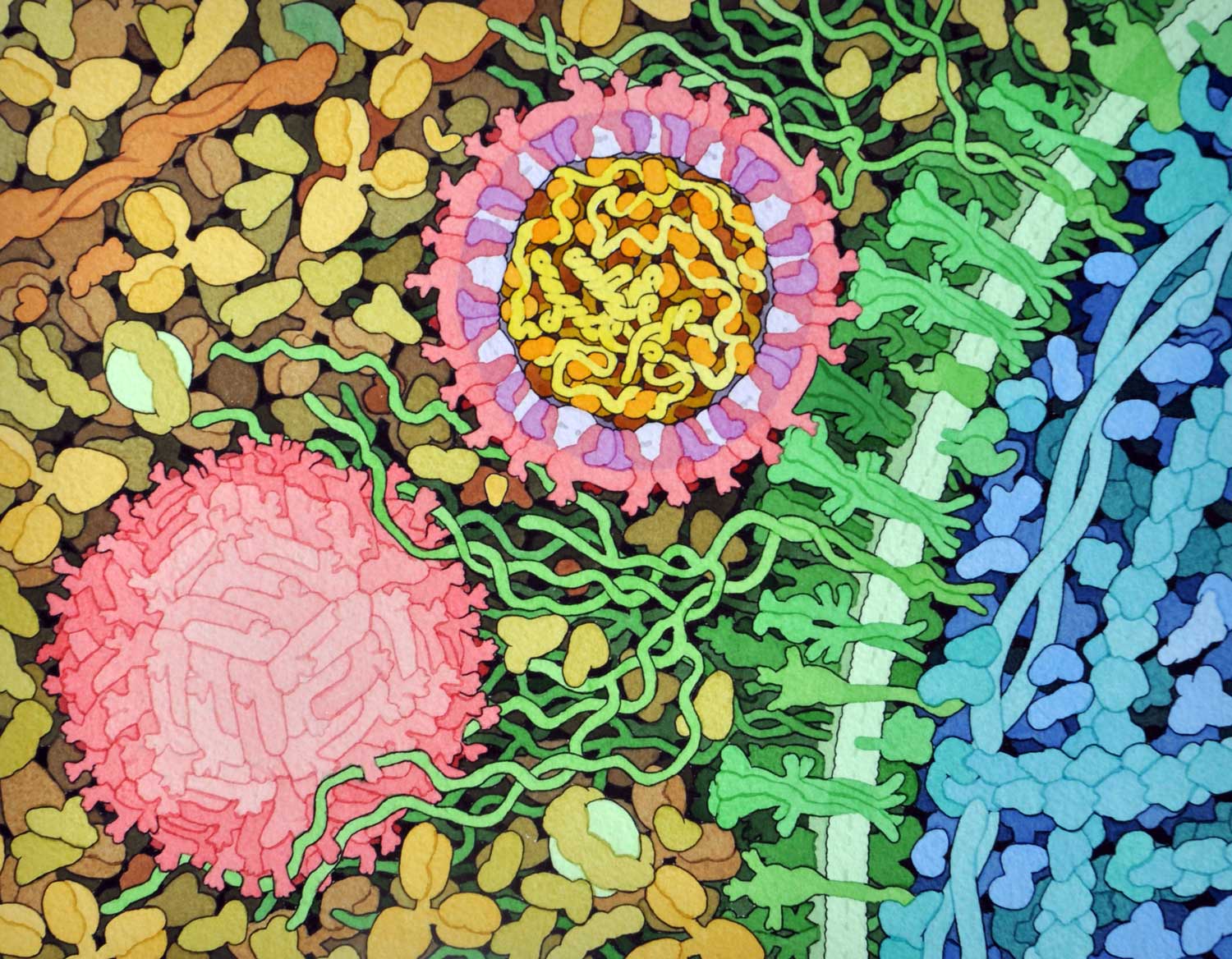
Ancient amputations tell remarkable stories of survival and care
A 33,000-year-old case of an amputated leg prompts comparisons to earlier Neandertal instances of amputation.
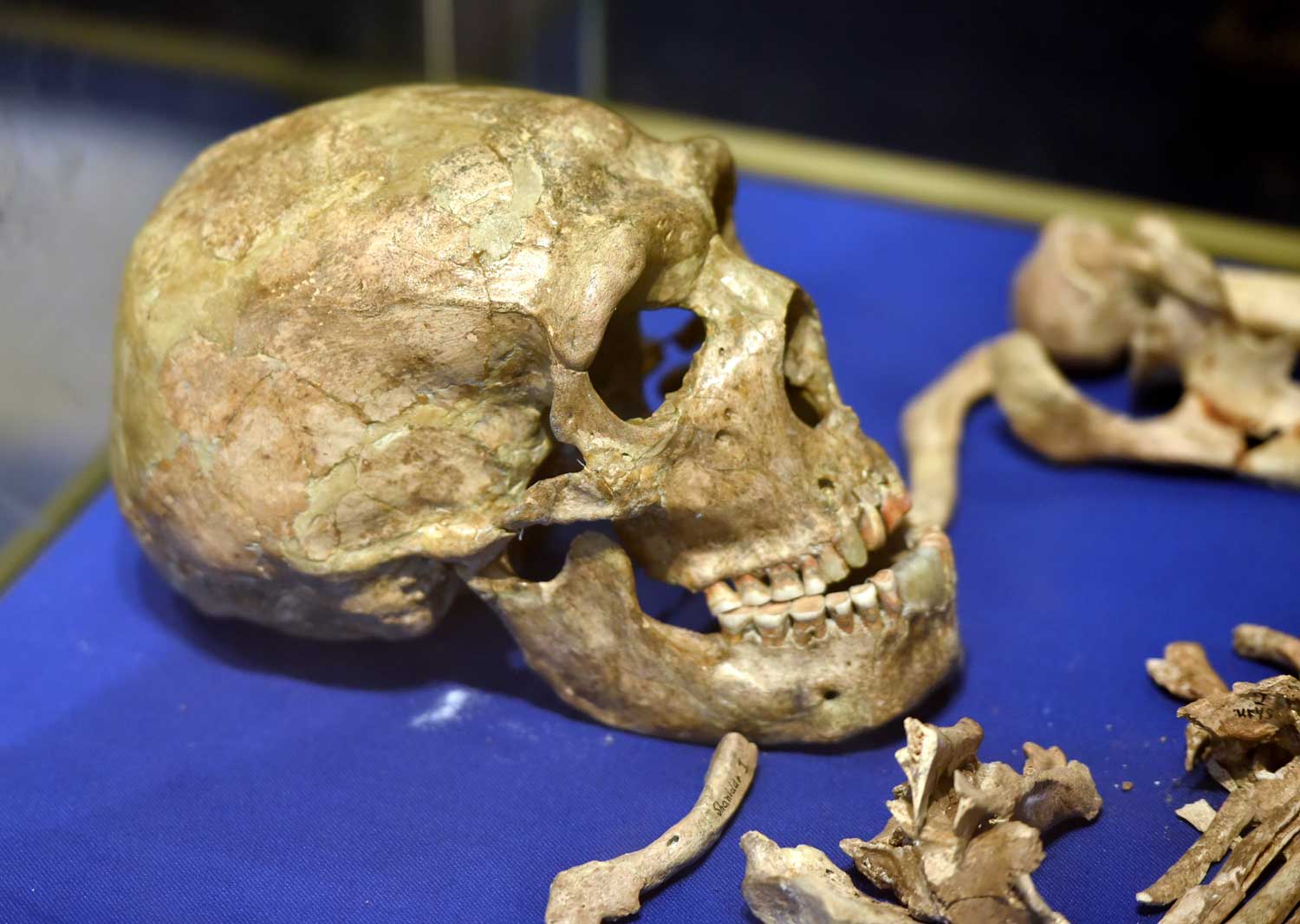
Top 10 discoveries about ancient people from DNA in 2022
Research on ancient genomes has moved way beyond population mixture into broader questions about how ancient people lived and interacted with their environments.
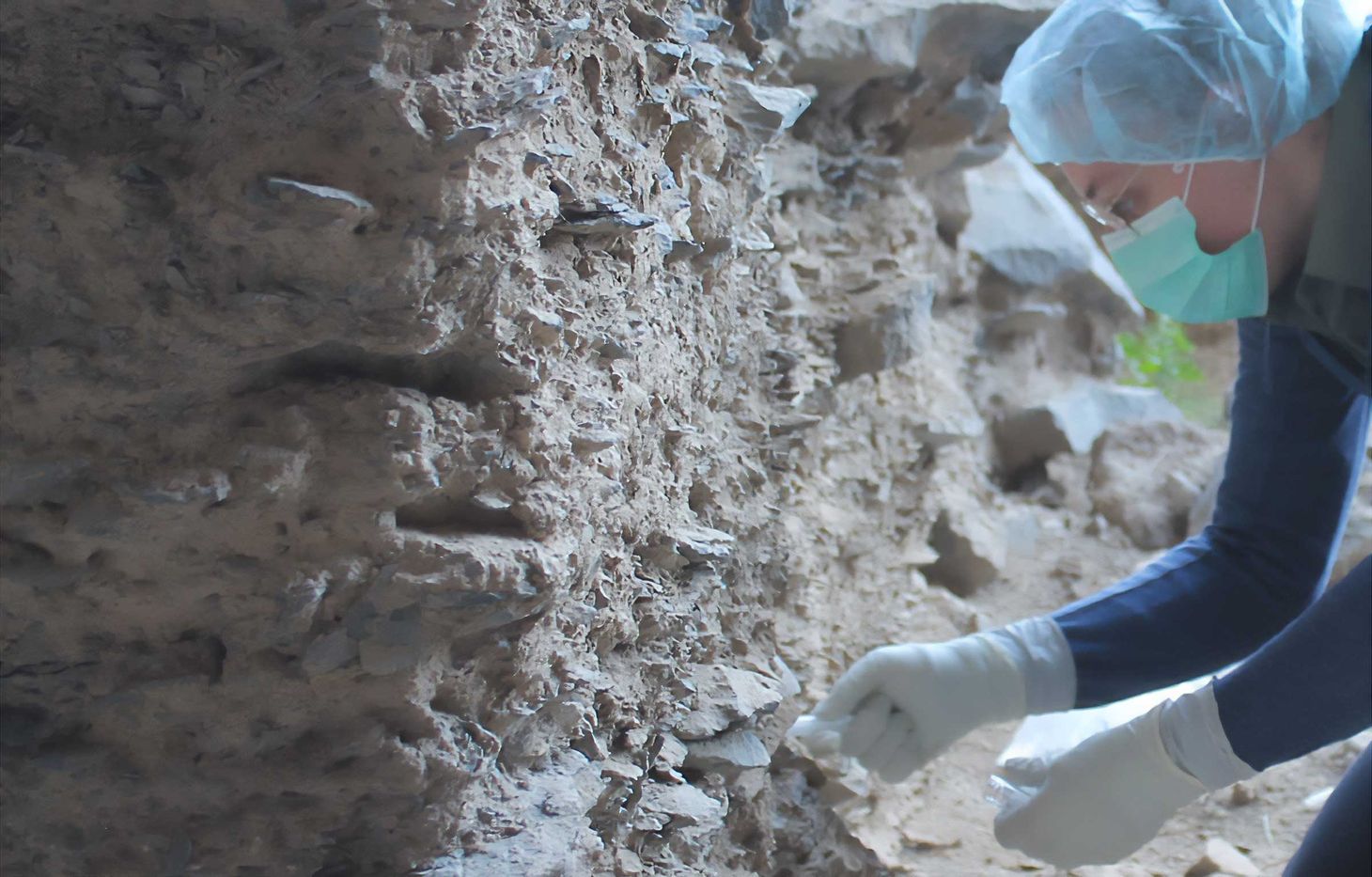
The Nesher Ramla site: a third way between Neandertals and modern humans?
Fragments representing people who lived just before Skhūl and Qafzeh seem outside the expectations for these “early modern humans” or for Neandertals.
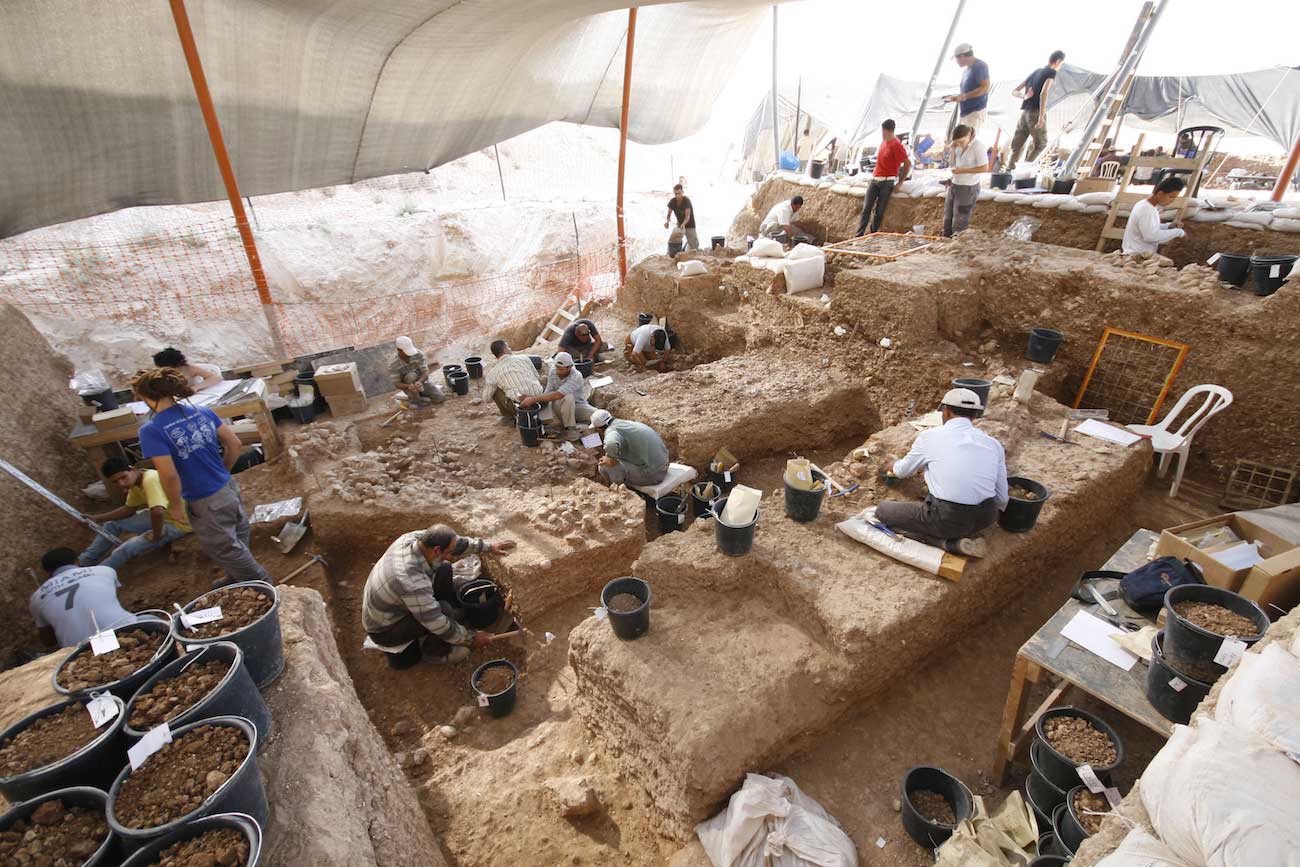
Finding ancient fire use in the Rising Star cave system
The study of the underground landscape enters a new phase with evidence of charcoal and burned animal bone in deep chambers.
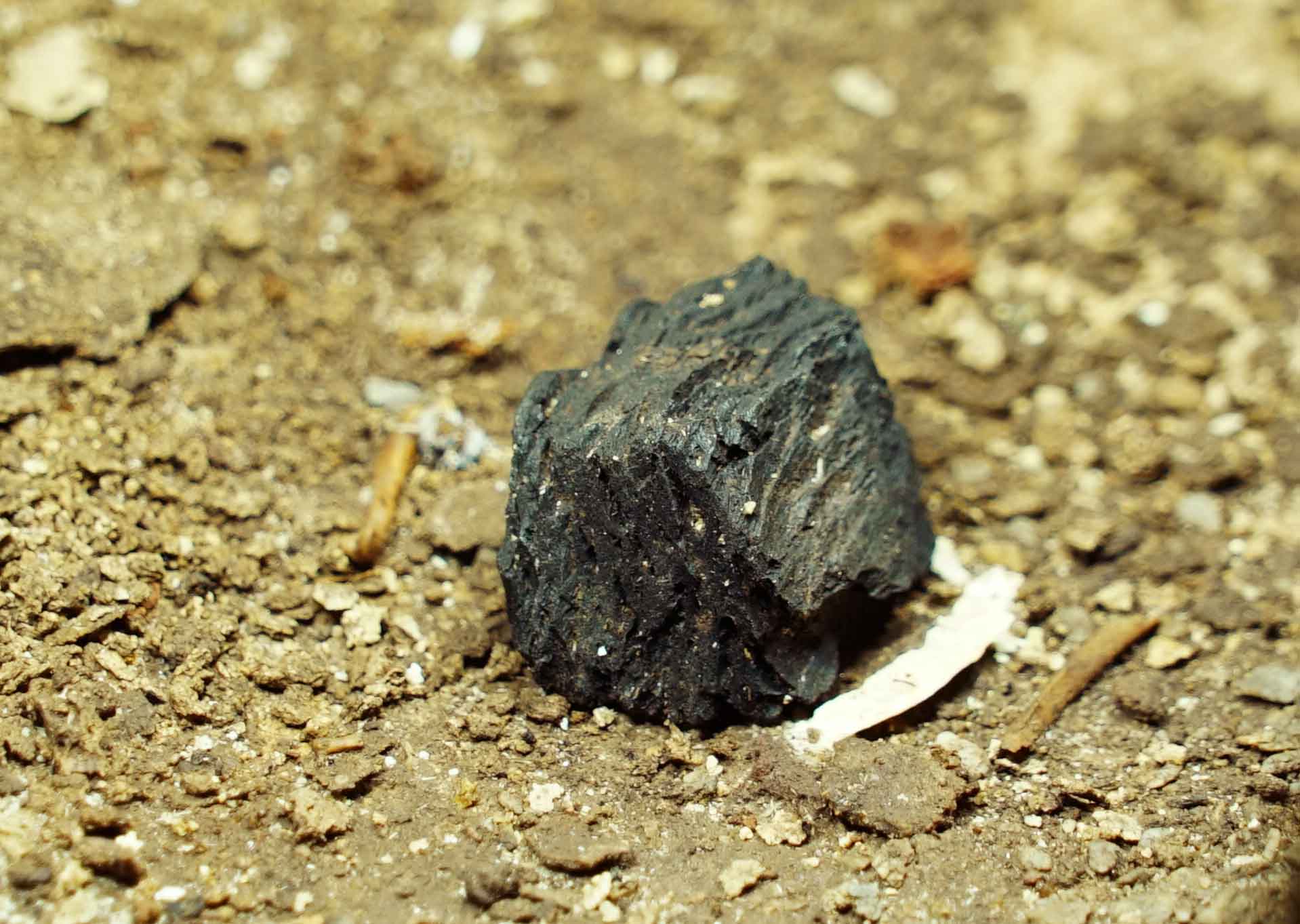
A Neandertal recipe that tasted like the foods of later people
Looking at a fascinating new study that finds mixtures of different plants within ancient morsels of charred foods.
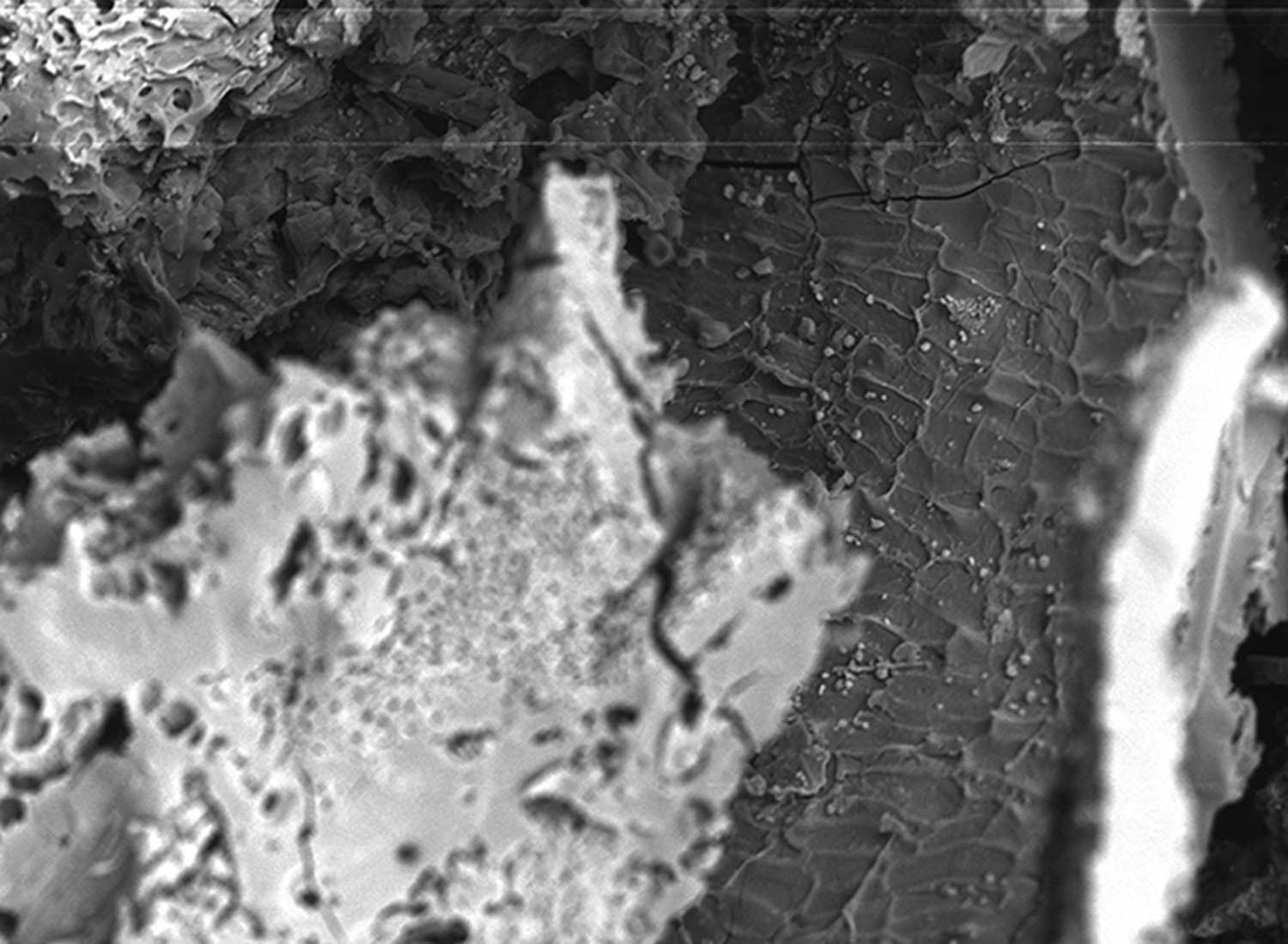
Bison bones show butchery practices 400,000 years ago
In the Gran Dolina cave site, ancient people left a bone bed of bison killed in two seasons and butchered at the site with expedient tools.
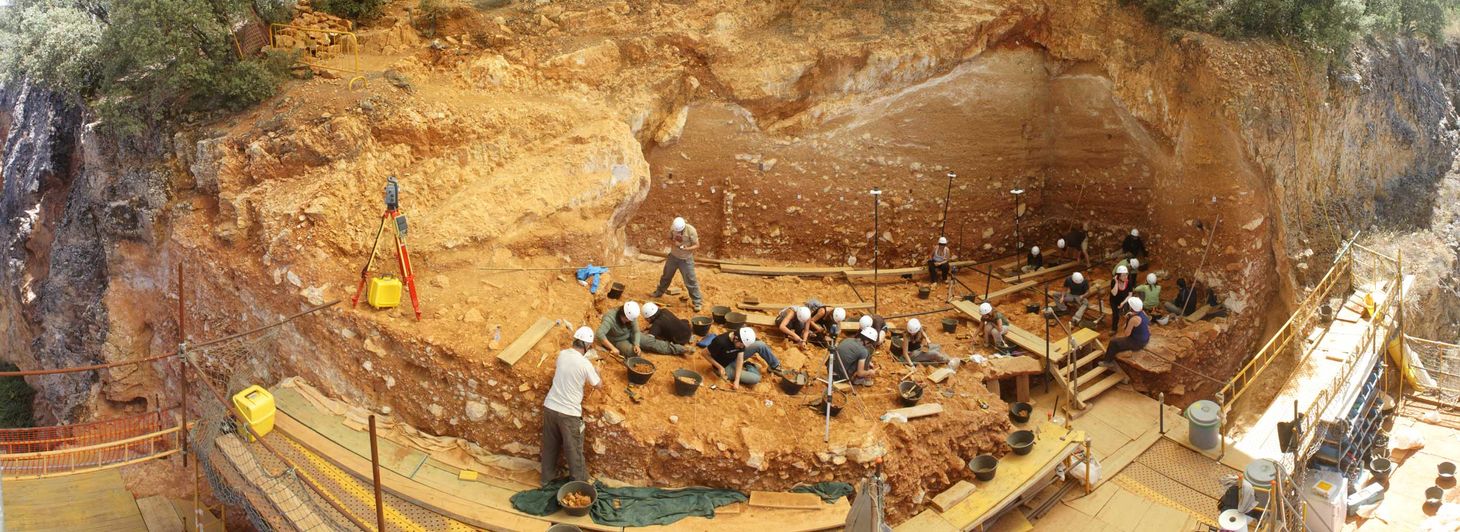
Research highlight: The frontal sinuses of fossil hominins
A look inside the skulls of hominins reveals the extensive variation in the form of the internal structures known as the frontal sinuses.

Panel: Who or what is Homo naledi?
Lee Berger, Agustin Fuentes, and I had a provocative conversation sharing our different perspectives on work related to the Rising Star cave system.
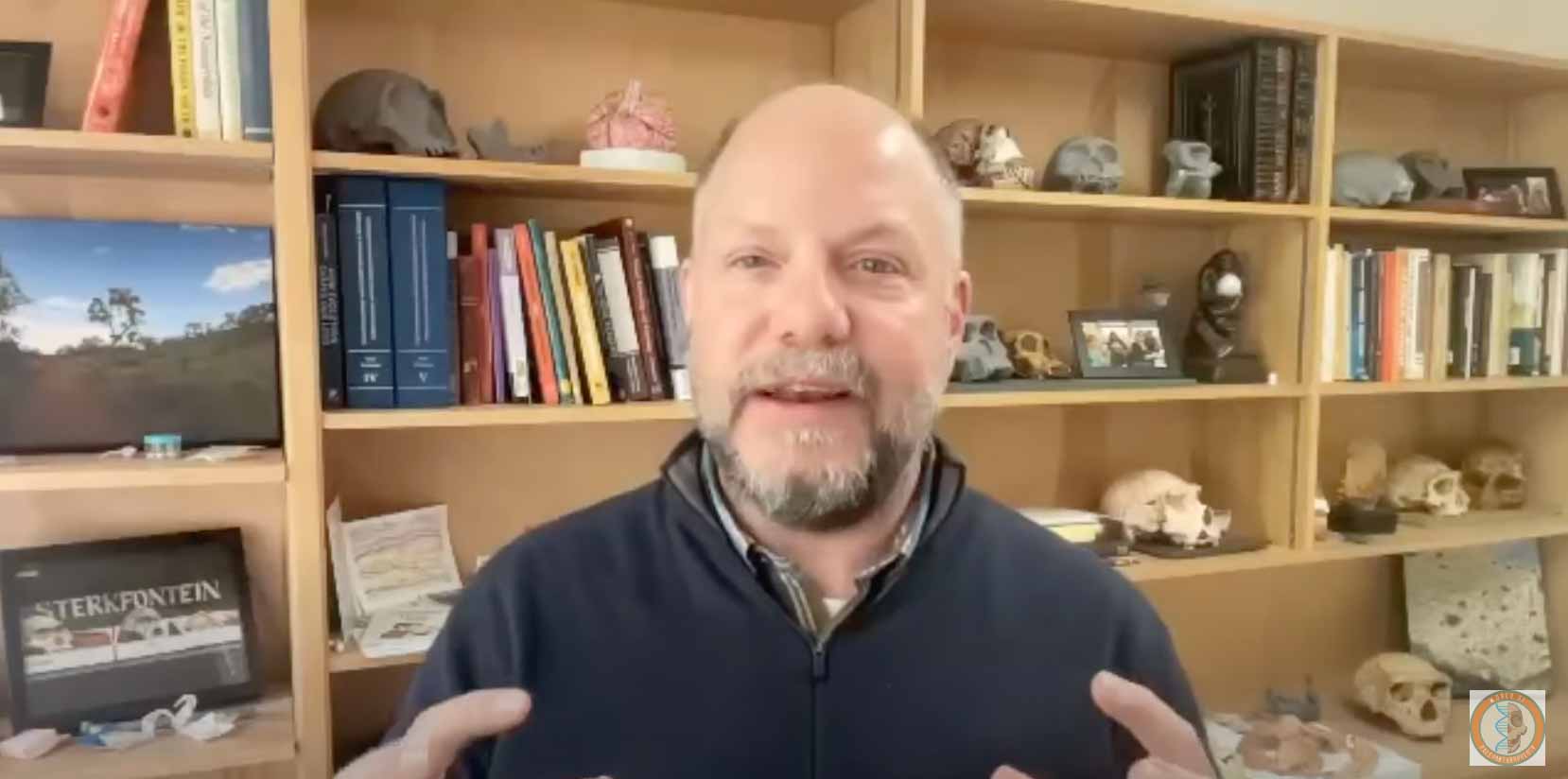
Understanding numbers as cognitive technology
The Whorf hypothesis says language shapes human thought. A small indigenous group with few number words puts the idea to the test.

Research highlight: Vertebral wedging in Homo naledi
In a new paper led by Scott Williams, we look at the way that the Homo naledi lower vertebral column compares to humans and other extinct hominins.
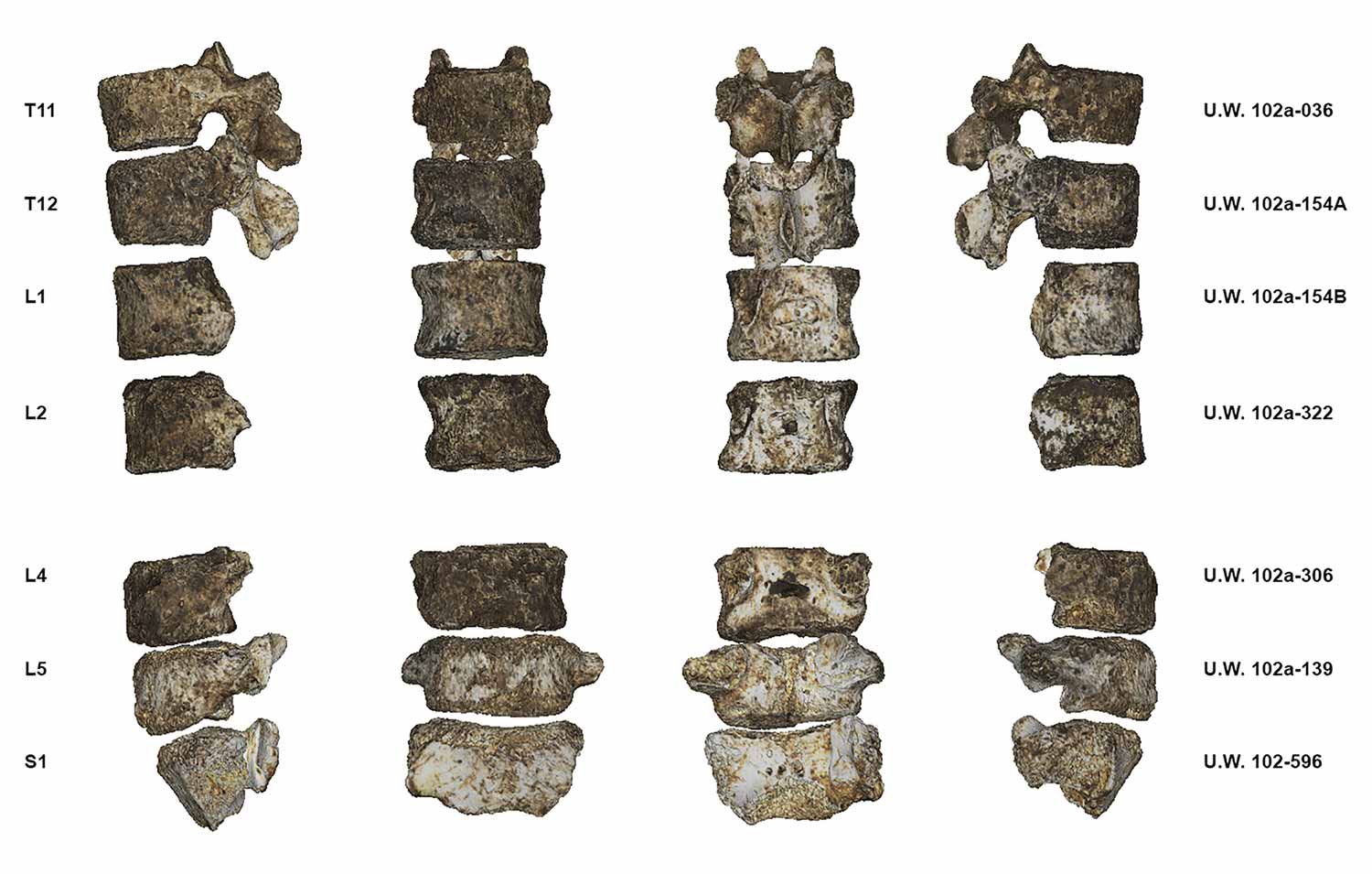
Neandertals hunted dangerous prey. How they killed them.
With deep experience in the hunt, Neandertals could anticipate the behavior of many of the most dangerous prey animals.

How I build ethics into my introductory course from the first day
The basic foundation of ethical practices includes honoring and respecting those who have made our research and learning possible.
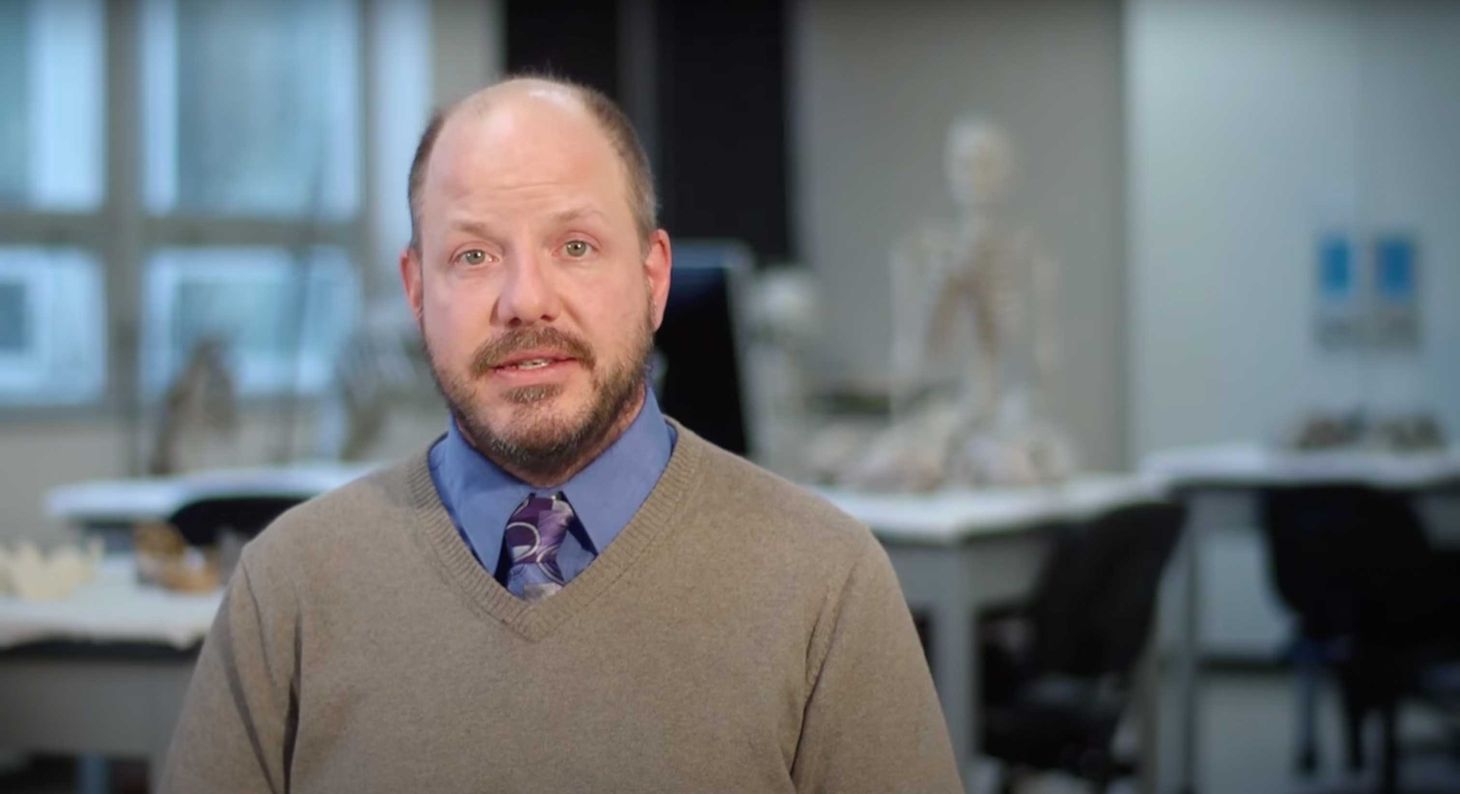
How the new White House policy on public access to federally funded research may affect data
The new policy establishes strong expectations for public access to data from federally funded research programs.

A transition to a new platform for my words and video
The look and feel of the site is changing, with a new emphasis on subscriptions and connections.

Different transport strategies for different large prey species at Abric Romaní
Interpreting the record of prey exploitation at a rock shelter site over thousands of years provides a window into past economics.
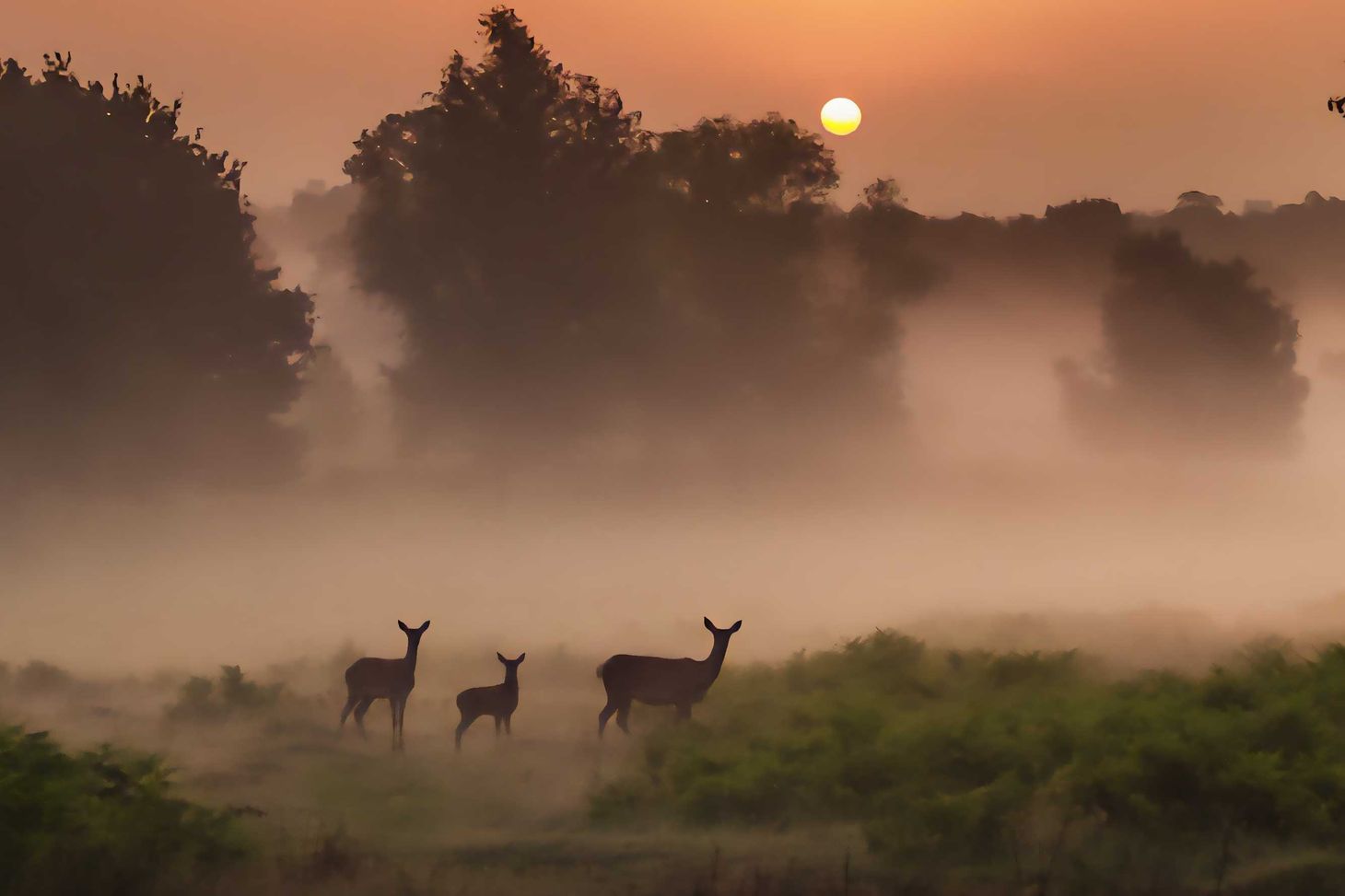
Why anthropologists rejected the aquatic ape theory
Human ancestors did not evolve in an aquatic environment. But they did make use of coastal and shoreline resources where they were abundant.

Research highlight: The limbs of Homo naledi
In a new paper, Sarah Traynor, David Green and I show that the sizes of the arm bones of Homo naledi are more or less like today's humans, despite their many morphological adaptations to climbing.

When did humankind's last common ancestor live? A surprisingly short time ago
The lines of genealogy of living people converge quickly into the past. Our last genealogical common ancestor lived within the last few thousand years.
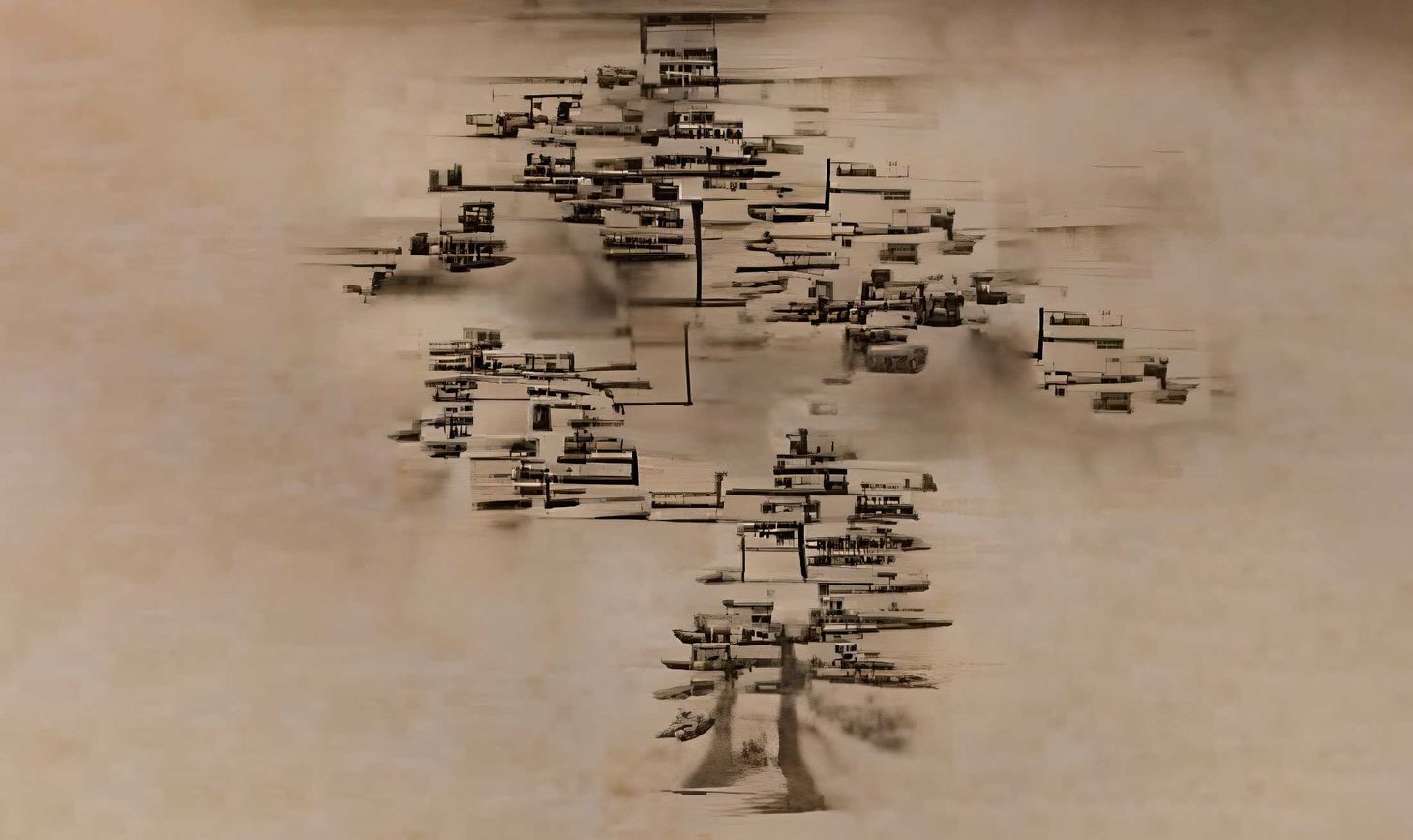
Kabwe: A famous fossil unearthed amid the human costs of mining
Mining led to the skull's discovery, destroyed its context, and left a century-long legacy of lead poisoning.

Research highlight: Pelvic fragment from the Lesedi Chamber
A new paper from our team led by Zachary Cofran looks at the immature ilium that is currently the most complete pelvic fragment of Homo naledi.
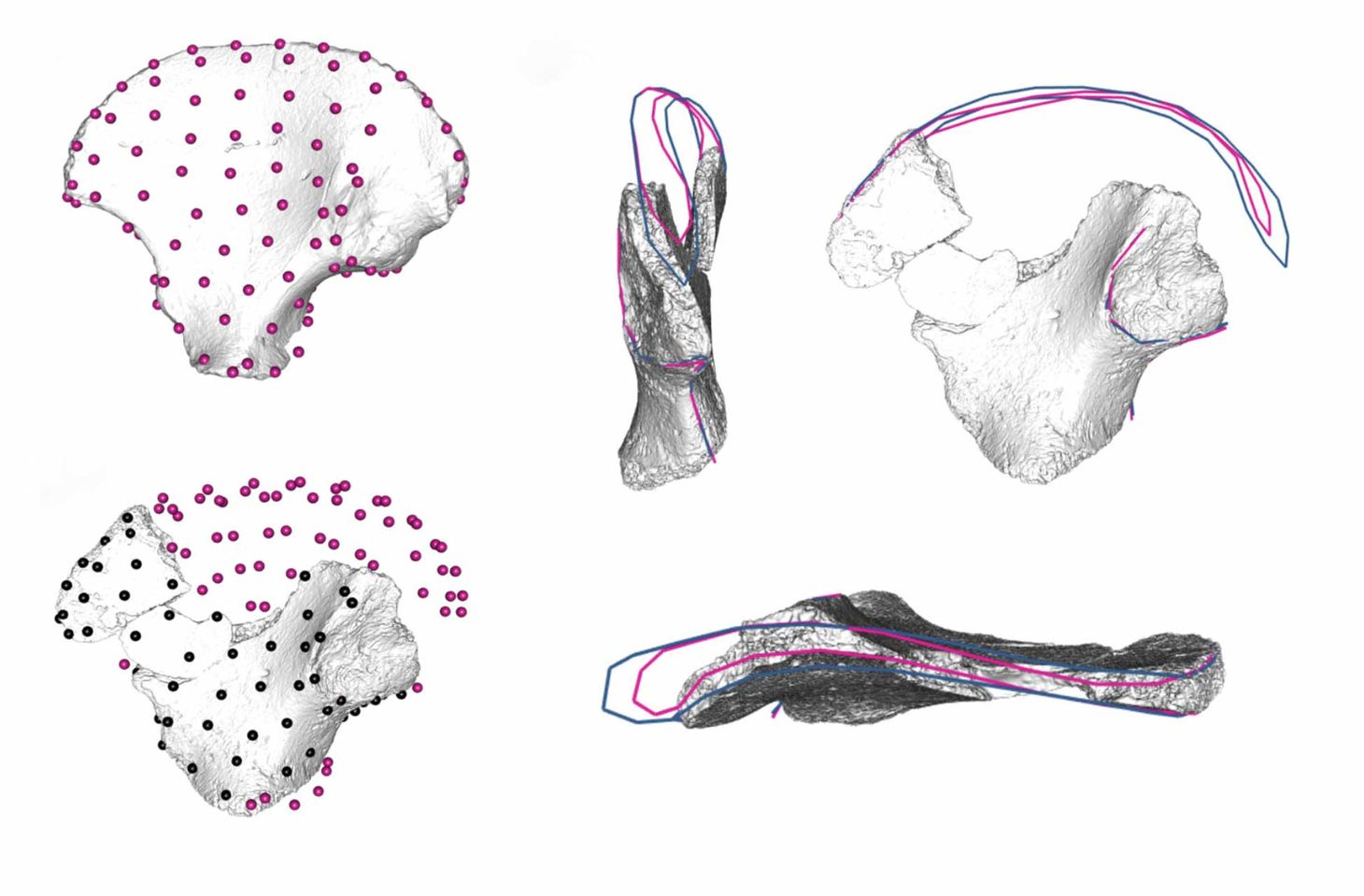
Why I moved to Ghost instead of Substack
As I analyzed how people find and read my work, I understood that my combination of needs would take a more customizable solution.

Research highlight: Mandibles from Malapa
My research with Lee Berger looking at the variation of the mandibular ramus of Australopithecus sediba.
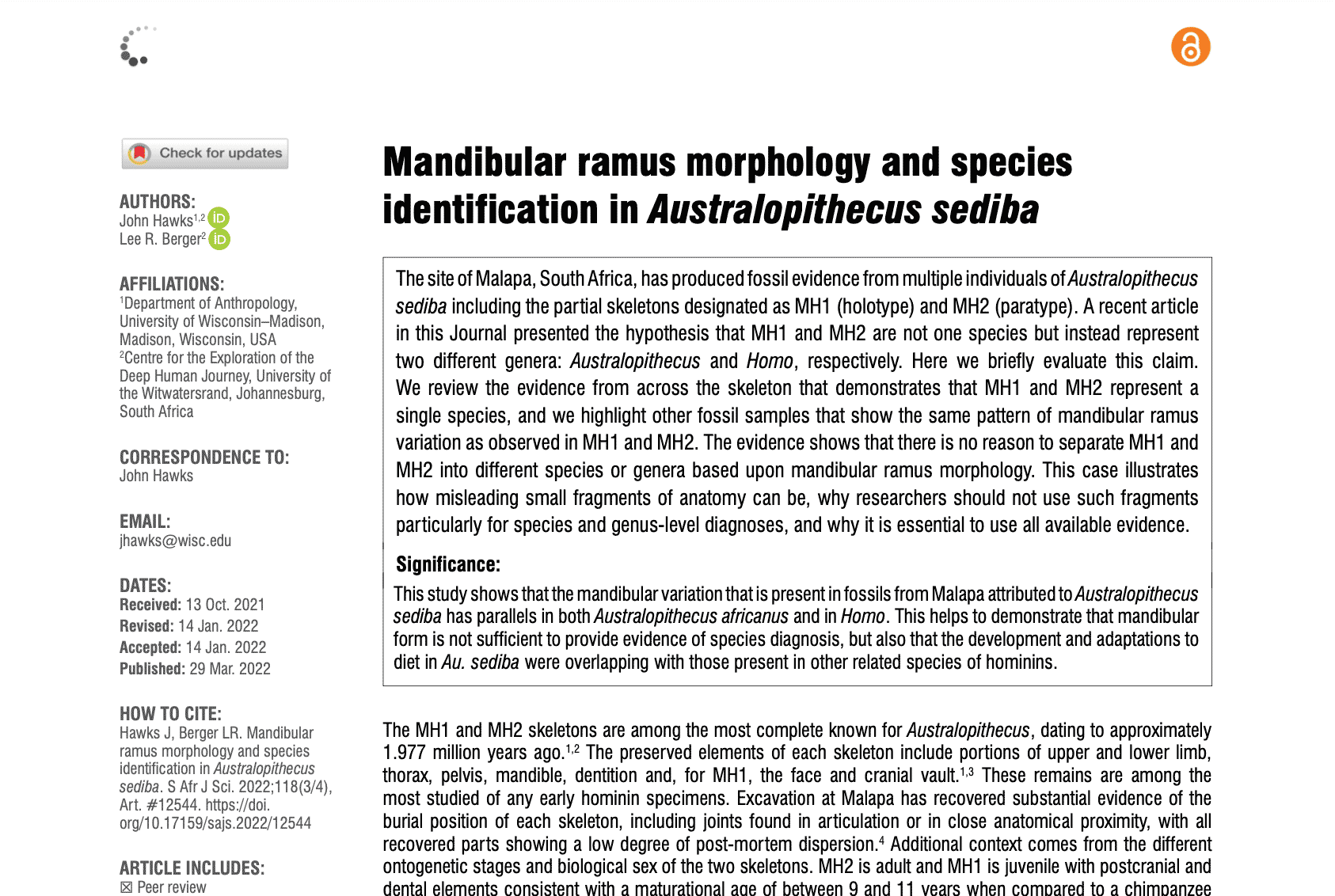
Research highlight: Strategizing public-facing work within an academic career
In a collaborative article with Kimberleigh Tommy, we examine the challenges facing researchers who work with the public.
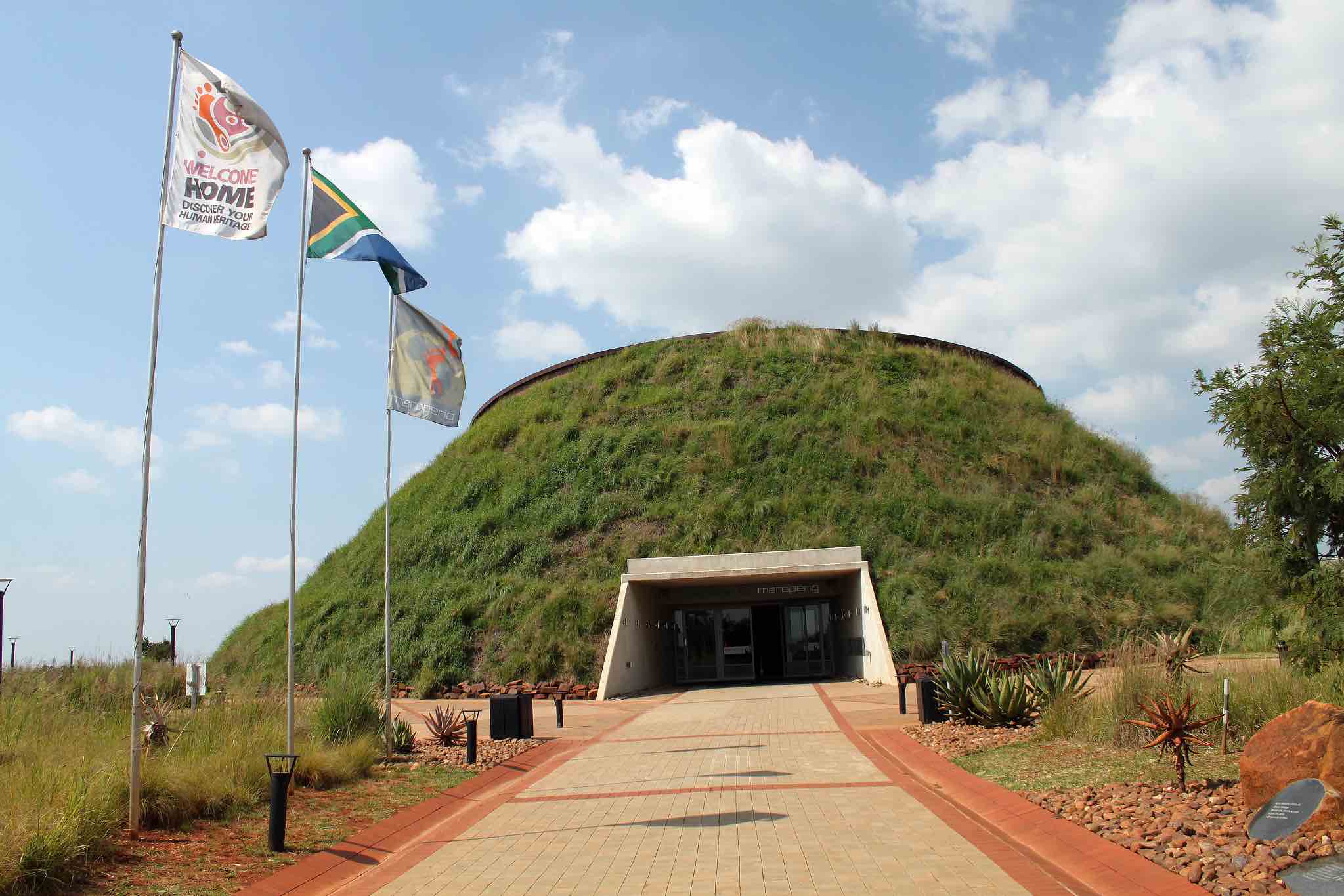
Lecture: Are we the last Neanderthals?
At this event, I shared new insights about the humanity of our extinct human relatives.

